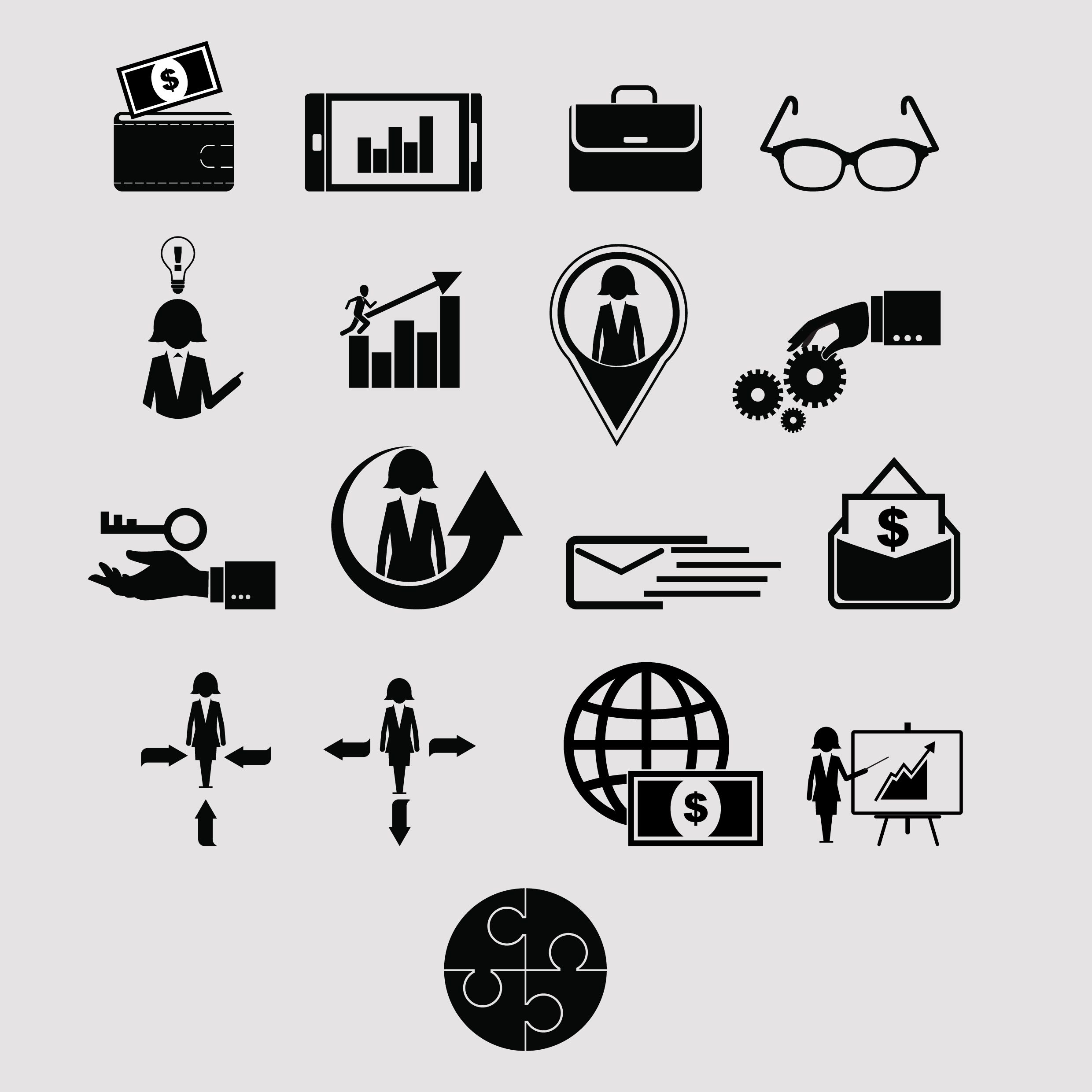
Introduction
Resource management is one of the most important parts of project management. It’s impossible for every member of your team to work on everything at once, so it’s vital that you understand how to use their time and skills as efficiently as possible.
A good resource plan will help you identify staff who need additional training, those who might be under-utilized, and projects which require a new hire. Keeping track of the tasks and roles needed means you can spot where there are gaps in skills or time, which helps you increase productivity across the board.
There are many different ways to create an effective resource plan but these steps will give you a solid starting point:
Start with a realistic plan
Like many things in life, planning is the key to success. Without a well-thought-out plan, how will you know if your resources are being used effectively? And without a realistic plan, how can you expect your team members to work together successfully?
In order for your company’s resource delivery process to be successful, it needs to be both measurable (so that progress can be tracked) and flexible (so that adjustments can be made along the way). This means creating a specific set of steps with measurable goals and deadlines in mind that reflect what’s actually happening at your organization right now.
Focus on critical tasks
Critical tasks are the ones that take the longest to complete, have the biggest impact on your project, and are most likely to be delayed. They are also known as bottleneck tasks because they have a domino effect on other tasks. If one critical task is delayed, this can cause other dependent tasks to go over budget or be delayed.
Like a good general manager would do for his team members in an office environment, you should identify all of your projects’ critical tasks and prioritize them based on their importance within each project. If a person has multiple critical roles on different teams or within different departments, allocating resources among those roles will help ensure that each is getting enough attention from their managers—which means less stress for everyone involved!
Assign and manage tasks
The first step to managing task deadlines is to assign the responsibilities to the right people. Once you’ve decided who will work on each step, it’s important to keep track of what each person is doing at any given time. This will help you monitor their progress and identify areas where changes need to be made so that all tasks are completed before moving on to the next step.
- Step 1: Assemble your team with members from different departments who have experience in customer service, sales, marketing, product development or design, and accounting (the list goes on). This way everyone can contribute their individual strengths while brainstorming together!
- Step 2: Prioritize each goal by asking yourself which ones would benefit your company most. Then create separate lists of ideas under the “Needs Improvement” vs “Doesn’t Need Improvement” categories in order for everyone involved in this project to make decisions about how best to spend limited resources like time & money before starting work on anything new.*
Turn to software
Many project managers rely on software to help them manage resources, tasks, and projects. The most popular applications include Microsoft Project and Primavera P6. They can be used to create a project management plan (PMP) that defines the process you’re going to follow for every phase of your project. These programs also allow for tracking resources, budgets, and other critical information about each step of a project.
Track progress
It’s important to track the progress of your project, tasks, resources, and team members in order to manage work effectively.
- Track the progress of your project. You should be able to see how much is left to do and what you have already completed. This will help you make sure that everything is being done in a timely manner and that nothing is falling behind schedule or being forgotten about because there are so many projects going on at once!
- Track the progress of your tasks/projects/assignments etc… There should be some sort of system for tracking these things so that everyone knows what needs doing when it needs doing, otherwise, chaos ensues!!
Make changes and go back to the beginning
There’s a lot to think about when you’re planning resource delivery. Try to make changes and go back to the beginning.
- Review and revise. The first step in creating a good resource delivery plan is making sure that your resources are available at the right time and place, so check your plans against reality throughout the process.
- Make changes to the plan as necessary; this can include adjusting how much time each activity takes or where resources are needed most urgently based on new information or feedback from stakeholders who’ve seen progress so far (or lack thereof). You may also want to look at how much money has been spent thus far vs what was budgeted for each task—these numbers should match up reasonably well if you’re on track!
- Go back to the beginning: If something doesn’t seem right during one of these reviews, take some time away from it before moving forward again–you’ll be more likely than not
Resource planning is an important part of project management.
Resource planning is an important part of project management. The ability to manage resources efficiently will help you complete your projects on time and within budget. As you are developing your resource plan for a particular project, it is important to consider how resources can be used more efficiently so that everyone involved in the project is working towards the same goal.
For example, if you are using software that tracks tasks and progress, it may be helpful to track which tasks each individual performs best at. If someone has a strong background in marketing but isn’t very good at graphic design (or vice versa), then using them for tasks outside of their expertise can lead to wasted time and effort. When this happens, companies tend to spend more money than necessary because they don’t realize how much time they’ve wasted by not utilizing employees’ strengths correctly.”
Conclusion
Resource planning is just one piece of the puzzle, but you can see how it’s an important part. This process allows you to be more efficient and effective in meeting deadlines. It also encourages good communication among team members, which will only make your project go more smoothly in the end!
























































